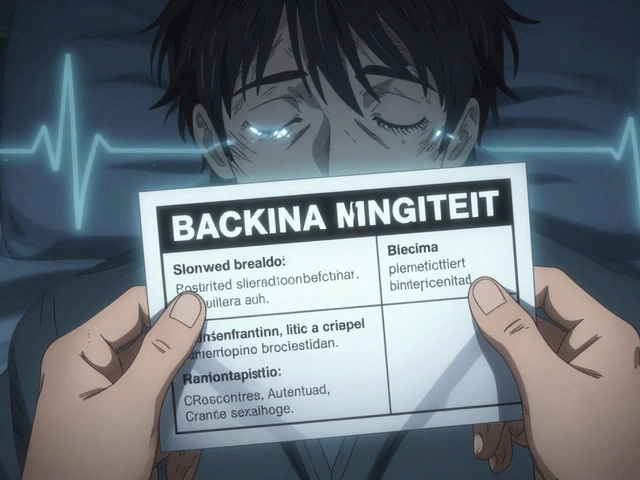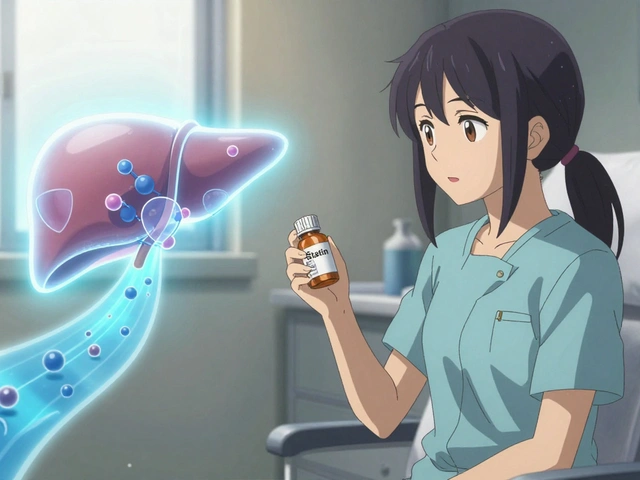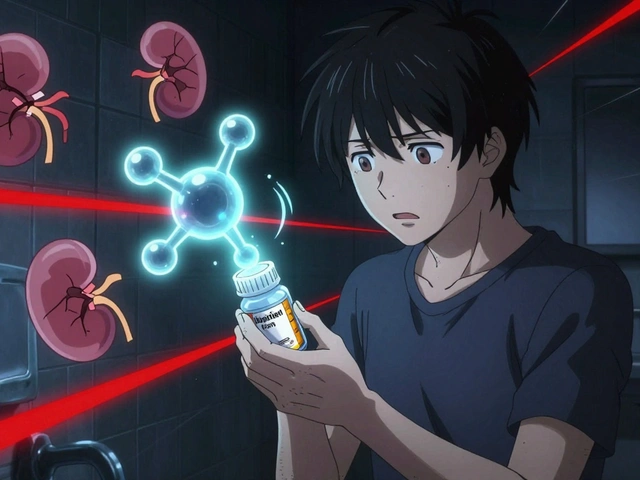Dysbiosis – What It Is and How to Fix It
Ever felt bloated, tired, or just off after a meal? Chances are your gut microbes might be out of sync. That mismatch is called dysbiosis. It’s not a fancy diagnosis; it simply means the balance of good and bad bacteria in your intestines is disturbed.
Common Signs and Causes
People notice dysbiosis through a handful of everyday problems. Frequent gas, irregular bowel movements, sudden weight changes, or cravings for sugary foods are typical clues. Some also report skin flare‑ups, brain fog, or mood swings – all linked to the gut‑brain connection.
What throws the gut off balance? A diet heavy on processed foods, excessive alcohol, or low fiber can starve the good bacteria. Antibiotics are a big culprit too; they wipe out both harmful and helpful microbes. Stress, lack of sleep, and chronic illness also play a role by altering the environment where bacteria live.
Practical Ways to Restore Balance
The good news is you can start fixing dysbiosis without a prescription. First, add more fiber‑rich foods – think vegetables, fruits, legumes, and whole grains. Fiber feeds the beneficial bacteria and helps them multiply.
Second, consider fermented foods like yogurt, kefir, sauerkraut, or kimchi. They deliver live cultures that can jump‑start a healthier mix. If you’re not a fan of the taste, a high‑quality probiotic supplement works as well; just pick one with multiple strains and at least a few billion CFUs.
Third, cut back on sugar and refined carbs. Bad bacteria love sugar, so limiting it reduces their food supply. Swap soda for water, and choose whole fruit over fruit juice.
Fourth, manage stress with simple habits – a short walk, breathing exercises, or a few minutes of meditation each day. Stress hormones can change gut motility and make the environment less friendly for good microbes.
Lastly, get enough sleep. Aim for 7‑8 hours of quality rest; a regular sleep schedule supports the natural rhythm of your gut microbiome.
If symptoms persist after a few weeks of these changes, it’s wise to talk to a healthcare professional. They can run stool tests to pinpoint which bacteria are missing or overgrown and may suggest a targeted treatment plan.
Bottom line: dysbiosis is a common, manageable condition. By feeding the right bacteria, reducing harmful foods, and supporting overall wellness, you can bring your gut back into harmony and feel better fast.

Tinidazole and the Gut Microbiome: How to Keep Good Bacteria in Balance
Explore how tinidazole interacts with the gut microbiome, tips to protect beneficial bacteria, and practical guidance on probiotics and side‑effects.
Continue Reading



